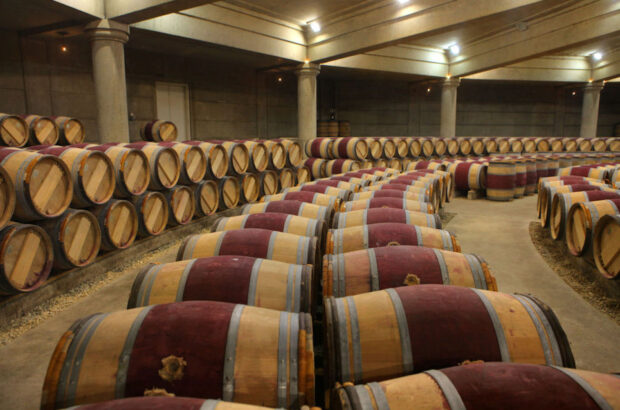drink soon
Wines with high alcohol and concentrated colour and aromas ideal for ageing
Weather Conditions
Abundant rain and snow during the winter months ensured ample water supplies to the vines for the remainder of the year. Although there was no frost in Rioja, low temperatures in March, April and early May delayed the start of the growth cycle. However, once active, it made up for the lost time. Budburst began with 100% of the primary buds breaking followed by abundant secondary budding.
Plants evolved well through July with no major pests or diseases recorded. Scattered thunderstorms throughout the region (particularly on 2 and 3 August) added to the water table. Veraison began during the first week of August when temperatures were below normal recording marked differences between night and day. Slower ripening delayed the growth cycle by two to three weeks. By the end of the month the vines were healthy and ripening well.
Rain early September was accompanied by high temperatures and from 11 September, a period of exceptionally good weather remained throughout the harvest dominated by sunny days with moderate temperatures and cool nights. Perfect conditions ensured the health of the vines and the grapes were allowed to ripen. Growers using traditional practices, moderate production levels and good canopy management fared well.
The first grapes were picked on 6 and the last grapes picked on 9 November. Good weather enabled staggered picking. Grapes picked early had moderate levels of alcohol potential and colour and will be more suitable for younger styles.







